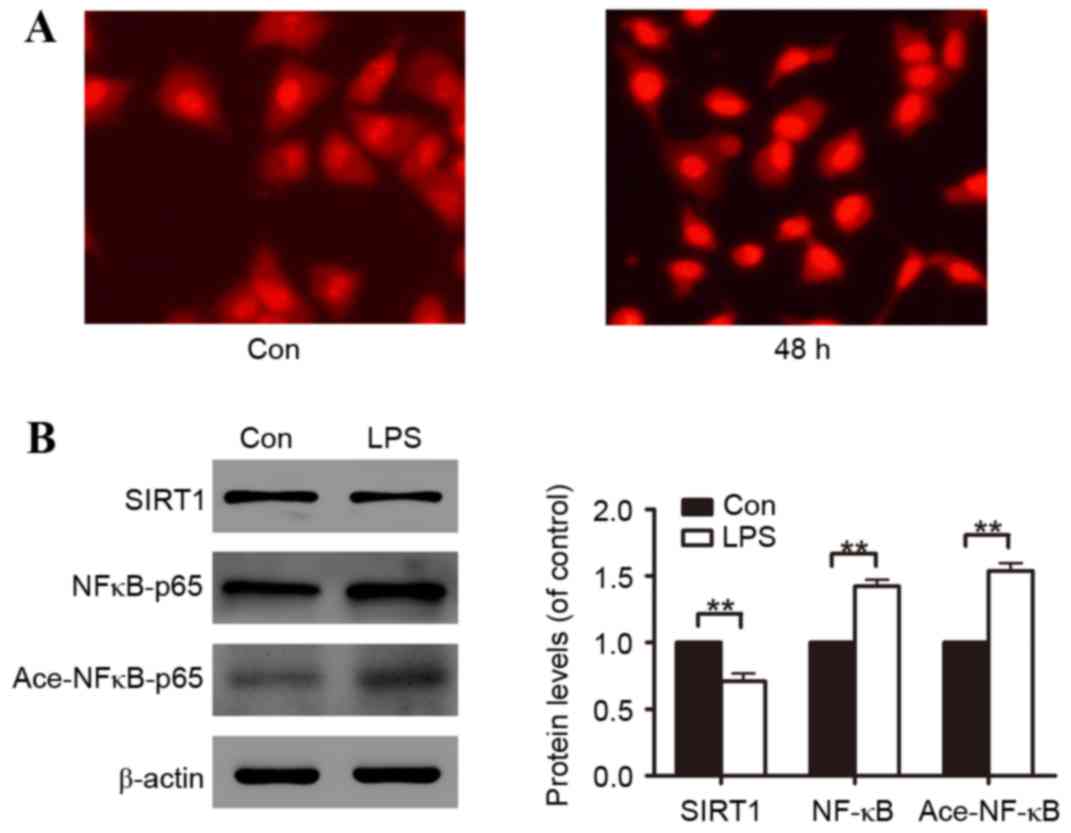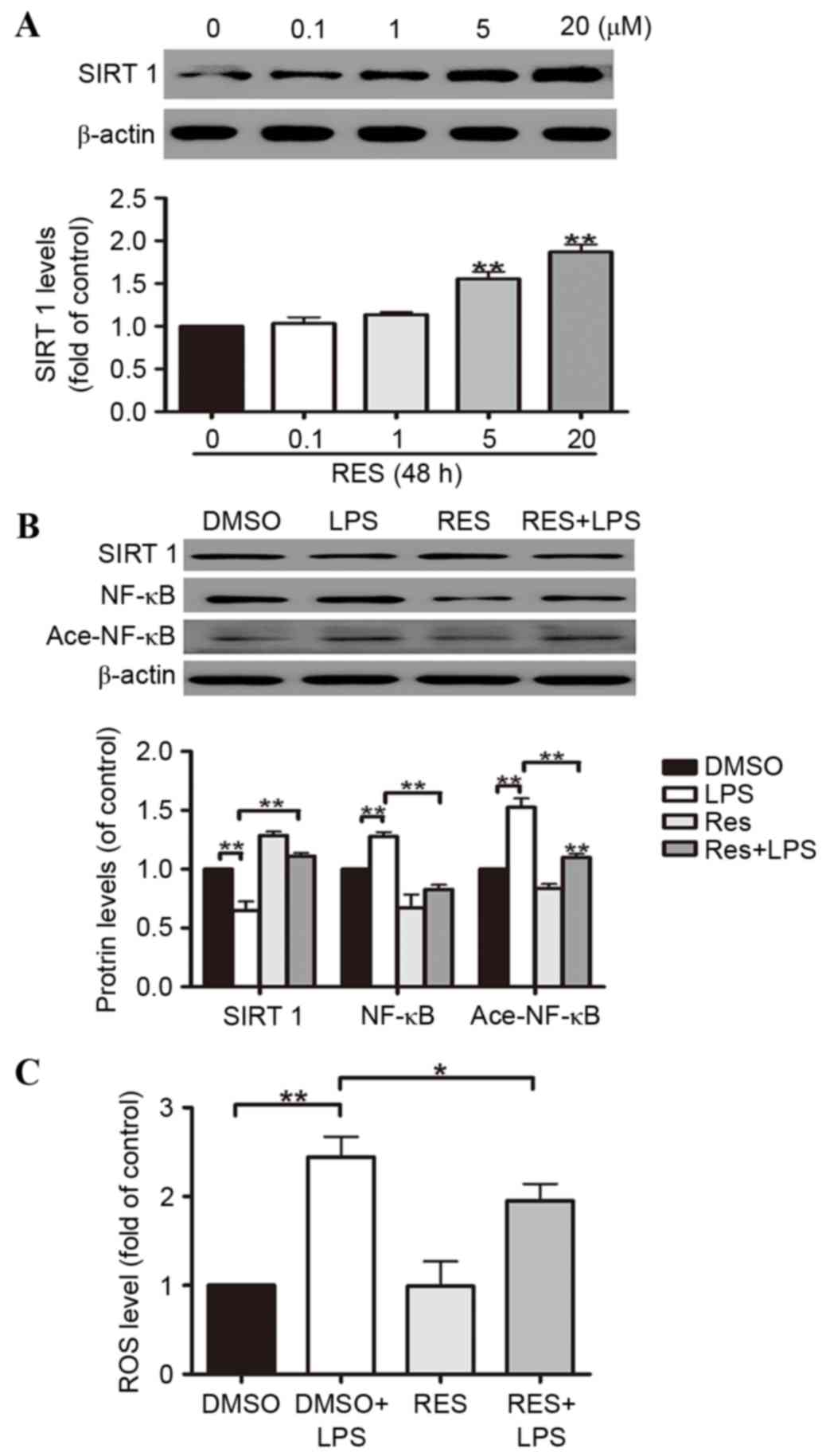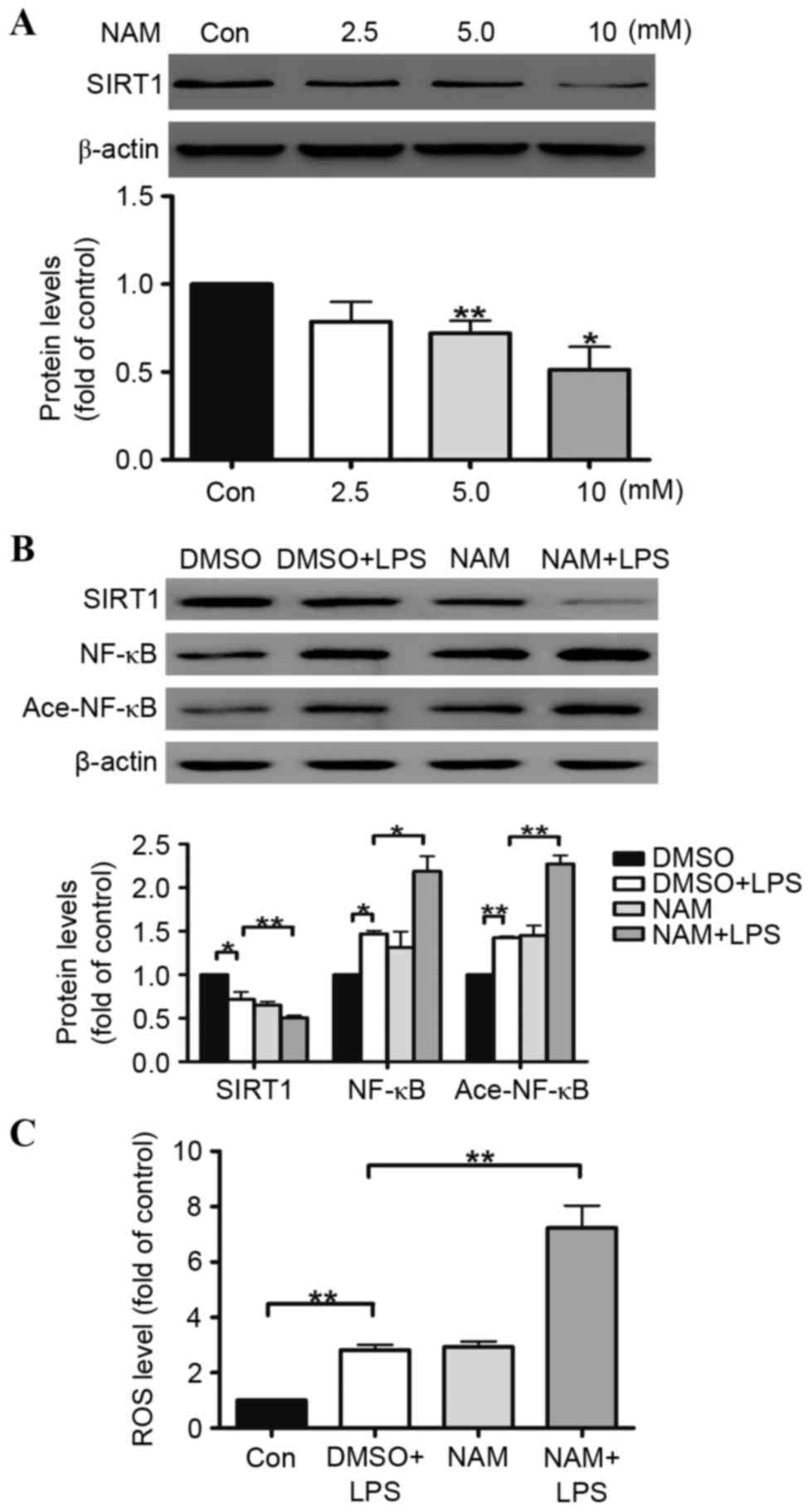|
1
|
Quartin AA, Scerpella EG, Puttagunta S and
Kett DH: A comparison of microbiology and demographics among
patients with healthcare-associated, hospital-acquired and
ventilator-associated pneumonia: A retrospective analysis of 1184
patients from a large, international study. BMC Infect Dis.
13:5612013. View Article : Google Scholar : PubMed/NCBI
|
|
2
|
Restrepo MI and Anzueto A: The role of
gram-negative bacteria in healthcare-associated pneumonia. Semin
Respir Crit Care Med. 30:61–66. 2009. View Article : Google Scholar : PubMed/NCBI
|
|
3
|
Zilberberg MD and Shorr AF: Epidemiology
of healthcare-associated pneumonia (HCAP). Semin Respir Crit Care
Med. 30:10–15. 2009. View Article : Google Scholar : PubMed/NCBI
|
|
4
|
Di Pasquale M, Ferrer M, Esperatti M,
Crisafulli E, Giunta V, Li Bassi G, Rinaudo M, Blasi F, Niederman M
and Torres A: Assessment of severity of ICU-acquired pneumonia and
association with etiology. Crit Care Med. 42:303–312. 2014.
View Article : Google Scholar : PubMed/NCBI
|
|
5
|
Sadikot RT, Blackwell TS, Christman JW and
Prince AS: Pathogen-host interactions in Pseudomonas aeruginosa
pneumonia. Am J Respir Crit Care Med. 171:1209–1223. 2005.
View Article : Google Scholar : PubMed/NCBI
|
|
6
|
Ramos GP, Rocha JL and Tuon FF: Seasonal
humidity may influence Pseudomonas aeruginosa hospital-acquired
infection rates. Int J Infect Dis. 17:e757–e761. 2013. View Article : Google Scholar : PubMed/NCBI
|
|
7
|
Gaynes R and Edwards JR: National
Nosocomial Infections Surveillance System: Overview of nosocomial
infections caused by gram-negative bacilli. Clin Infect Dis.
41:848–854. 2005. View
Article : Google Scholar : PubMed/NCBI
|
|
8
|
Rello J, Ollendorf DA, Oster G,
Vera-Llonch M, Bellm L, Redman R and Kollef MH: VAP Outcomes
Scientific Advisory Group: Epidemiology and outcomes of
ventilator-associated pneumonia in a large US database. Chest.
122:2115–2121. 2002. View Article : Google Scholar : PubMed/NCBI
|
|
9
|
Fang GD, Fine M, Orloff J, Arisumi D, Yu
VL, Kapoor W, Grayston JT, Wang SP, Kohler R and Muder RR: New and
emerging etiologies for community-acquired pneumonia with
implications for therapy. A prospective multicenter study of 359
cases. Medicine (Baltimore). 69:307–316. 1990. View Article : Google Scholar : PubMed/NCBI
|
|
10
|
Blanquer J, Blanquer R, Borrás R, Nauffal
D, Morales P, Menéndez R, Subías I, Herrero L, Redón J and Pascual
J: Aetiology of community acquired pneumonia in Valencia, Spain: A
multicentre prospective study. Thorax. 46:508–511. 1991. View Article : Google Scholar : PubMed/NCBI
|
|
11
|
Neill AM, Martin IR, Weir R, Anderson R,
Chereshsky A, Epton MJ, Jackson R, Schousboe M, Frampton C, Hutton
S, et al: Community acquired pneumonia: Aetiology and usefulness of
severity criteria on admission. Thorax. 51:1010–1016. 1996.
View Article : Google Scholar : PubMed/NCBI
|
|
12
|
Crapo JD, Barry BE, Gehr P, Bachofen M and
Weibel ER: Cell number and cell characteristics of the normal human
lung. Am Rev Respir Dis. 126:332–337. 1982.PubMed/NCBI
|
|
13
|
Herzog EL, Brody AR, Colby TV, Mason R and
Williams MC: Knowns and unknowns of the alveolus. Proc Am Thorac
Soc. 5:778–782. 2008. View Article : Google Scholar : PubMed/NCBI
|
|
14
|
Perlman CE and Bhattacharya J: Alveolar
expansion imaged by optical sectioning microscopy. J Appl Physiol
(1985). 103:1037–1044. 2007. View Article : Google Scholar : PubMed/NCBI
|
|
15
|
Imai S, Armstrong CM, Kaeberlein M and
Guarente L: Transcriptional silencing and longevity protein Sir2 is
an NAD-dependent histone deacetylase. Nature. 403:795–800. 2000.
View Article : Google Scholar : PubMed/NCBI
|
|
16
|
Chung S, Yao H, Caito S, Hwang JW,
Arunachalam G and Rahman I: Regulation of SIRT1 in cellular
functions: Role of polyphenols. Arch Biochem Biophys. 501:79–90.
2010. View Article : Google Scholar : PubMed/NCBI
|
|
17
|
Rahman I, Kinnula VL, Gorbunova V and Yao
H: SIRT1 as a therapeutic target in inflammaging of the pulmonary
disease. Prev Med. 54 Suppl:S20–S28. 2012. View Article : Google Scholar : PubMed/NCBI
|
|
18
|
Yao H and Rahman I: Perspectives on
translational and therapeutic aspects of SIRT1 in inflammaging and
senescence. Biochem Pharmacol. 84:1332–1339. 2012. View Article : Google Scholar : PubMed/NCBI
|
|
19
|
Yao H, Chung S, Hwang JW, Rajendrasozhan
S, Sundar IK, Dean DA, McBurney MW, Guarente L, Gu W, Rönty M, et
al: SIRT1 protects against emphysema via FOXO3-mediated reduction
of premature senescence in mice. J Clin Invest. 122:2032–2045.
2012. View
Article : Google Scholar : PubMed/NCBI
|
|
20
|
Dey N, Chattopadhyay DJ and Chatterjee IB:
Molecular mechanisms of cigarette smoke-induced proliferation of
lung cells and prevention by vitamin C. J Oncol. 2011:5618622011.
View Article : Google Scholar : PubMed/NCBI
|
|
21
|
Kume S, Haneda M, Kanasaki K, Sugimoto T,
Araki S, Isono M, Isshiki K, Uzu T, Kashiwagi A and Koya D: Silent
information regulator 2 (SIRT1) attenuates oxidative stress-induced
mesangial cell apoptosis via p53 deacetylation. Free Radic Biol
Med. 40:2175–2182. 2006. View Article : Google Scholar : PubMed/NCBI
|
|
22
|
Chua KF, Mostoslavsky R, Lombard DB, Pang
WW, Saito S, Franco S, Kaushal D, Cheng HL, Fischer MR, Stokes N,
et al: Mammalian SIRT1 limits replicative life span in response to
chronic genotoxic stress. Cell Metab. 2:67–76. 2005. View Article : Google Scholar : PubMed/NCBI
|
|
23
|
Li Y, Xu W, McBurney MW and Longo VD:
SirT1 inhibition reduces IGF-I/IRS-2/Ras/ERK1/2 signaling and
protects neurons. Cell Metab. 8:38–48. 2008. View Article : Google Scholar : PubMed/NCBI
|
|
24
|
Hah YS, Cheon YH, Lim HS, Cho HY, Park BH,
Ka SO, Lee YR, Jeong DW, Kim HO, Han MK and Lee SI: Myeloid
deletion of SIRT1 aggravates serum transfer arthritis in mice via
nuclear factor-κB activation. PLoS One. 9:e877332014. View Article : Google Scholar : PubMed/NCBI
|
|
25
|
Yang T, Chen M and Sun T: Simvastatin
attenuates TGF-β1-induced epithelial-mesenchymal transition in
human alveolar epithelial cells. Cell Physiol Biochem. 31:863–874.
2013. View Article : Google Scholar : PubMed/NCBI
|
|
26
|
Hsieh TC, Wu ST, Bennett DJ, Doonan BB, Wu
E and Wu JM: Functional/activity network (FAN) analysis of
gene-phenotype connectivity liaised by grape polyphenol
resveratrol. Oncotarget. 7:38670–38680. 2016.PubMed/NCBI
|
|
27
|
Blanquer-Rosselló MD, Hernández-López R,
Roca P, Oliver J and Valle A: Resveratrol induces mitochondrial
respiration and apoptosis in SW620 colon cancer cells. Biochim
Biophys Acta. Oct 17–2016.(Epub ahead of print).
|
|
28
|
Caddeo C, Nacher A, Vassallo A, Armentano
MF, Pons R, Fernàndez-Busquets X, Carbone C, Valenti D, Fadda AM
and Manconi M: Effect of quercetin and resveratrol co-incorporated
in liposomes against inflammatory/oxidative response associated
with skin cancer. Int J Pharm. 513:153–163. 2016. View Article : Google Scholar : PubMed/NCBI
|
|
29
|
Riveiro-Naveira RR, Valcárcel-Ares MN,
Almonte-Becerril M, Vaamonde-García C, Loureiro J, Hermida-Carballo
L, López-Peláez E, Blanco FJ and López-Armada MJ: Resveratrol
lowers synovial hyperplasia, inflammatory markers and oxidative
damage in an acute antigen-induced arthritis model. Rheumatology
(Oxford). 55:1889–9000. 2016. View Article : Google Scholar : PubMed/NCBI
|
|
30
|
Jeong H, Samdani KJ, Yoo DH, Lee DW, Kim
NH, Yoo IS and Lee JH: Resveratrol cross-linked chitosan loaded
with phospholipid for controlled release and antioxidant activity.
Int J Biol Macromol. 93:757–766. 2016. View Article : Google Scholar : PubMed/NCBI
|
|
31
|
Tang L, Yang F, Fang Z and Hu C:
Resveratrol Ameliorates Alcoholic Fatty Liver by Inducing
Autophagy. Am J Chin Med. 44:1207–1220. 2016. View Article : Google Scholar : PubMed/NCBI
|
|
32
|
Arabi Y, Al-Shirawi N, Memish Z and
Anzueto A: Ventilator-associated pneumonia in adults in developing
countries: A systematic review. Int J Infect Dis. 12:505–512. 2008.
View Article : Google Scholar : PubMed/NCBI
|
|
33
|
Lee MS, Walker V, Chen LF, Sexton DJ and
Anderson DJ: The epidemiology of ventilator-associated pneumonia in
a network of community hospitals: A prospective multicenter study.
Infect Control Hosp Epidemiol. 34:657–662. 2013. View Article : Google Scholar : PubMed/NCBI
|
|
34
|
Tumbarello M, De Pascale G, Trecarichi EM,
Spanu T, Antonicelli F, Maviglia R, Pennisi MA, Bello G and
Antonelli M: Clinical outcomes of Pseudomonas aeruginosa pneumonia
in intensive care unit patients. Intensive Care Med. 39:682–692.
2013. View Article : Google Scholar : PubMed/NCBI
|
|
35
|
Chian CF, Chiang CH, Yuan-Jung C, Chuang
CH, Liu SL, Yi-Han J, Zhang H and Ryu JH: Apocynin attenuates
lipopolysaccharide-induced lung injury in an isolated and perfused
rat lung model. Shock. 38:196–202. 2012. View Article : Google Scholar : PubMed/NCBI
|
|
36
|
Boots AW, Gerloff K, Bartholomé R, van
Berlo D, Ledermann K, Haenen GR, Bast A, van Schooten FJ, Albrecht
C and Schins RP: Neutrophils augment LPS-mediated pro-inflammatory
signaling in human lung epithelial cells. Biochim Biophys Acta.
1823:1151–1162. 2012. View Article : Google Scholar : PubMed/NCBI
|
|
37
|
Cho RL, Yang CC, Lee IT, Lin CC, Chi PL,
Hsiao LD and Yang CM: Lipopolysaccharide induces ICAM-1 expression
via a c-Src/NADPH oxidase/ROS-dependent NF-κB pathway in human
pulmonary alveolar epithelial cells. Am J Physiol Lung Cell Mol
Physiol. 310:L639–L657. 2016. View Article : Google Scholar : PubMed/NCBI
|
|
38
|
Kinoshita M, Sanuki T, Yamada Y, Sasaki A,
Yoshie T, Kuroda D, Kanzawa M and Itou T: A case of esophageal
mucosa-associated lymphoid tissue lymphoma diagnosed using
endoscopic ultrasound-guided fine-needle aspiration. Nihon
Shokakibyo Gakkai Zasshi. 113:63–70. 2016.PubMed/NCBI
|
|
39
|
Yang L, Li D, Zhuo Y, Zhang S, Wang X and
Gao H: Protective Role of Liriodendrin in Sepsis-Induced Acute Lung
Injury. Inflammation. 39:1805–1813. 2016. View Article : Google Scholar : PubMed/NCBI
|
|
40
|
Liu X, Pei C, Yan S, Liu G, Liu G, Chen W,
Cui Y and Liu Y: NADPH oxidase 1-dependent ROS is crucial for TLR4
signaling to promote tumor metastasis of non-small cell lung
cancer. Tumour Biol. 36:1493–1502. 2015. View Article : Google Scholar : PubMed/NCBI
|
|
41
|
Yamamoto H, Schoonjans K and Auwerx J:
Sirtuin functions in health and disease. Mol Endocrinol.
21:1745–1755. 2007. View Article : Google Scholar : PubMed/NCBI
|
|
42
|
Kong XX, Wang R, Liu XJ, Zhu LL, Shao D,
Chang YS and Fang FD: Function of SIRT1 in physiology. Biochemistry
(Mosc). 74:703–708. 2009. View Article : Google Scholar : PubMed/NCBI
|
|
43
|
Hwang JW, Sundar IK, Yao H, Sellix MT and
Rahman I: Circadian clock function is disrupted by environmental
tobacco/cigarette smoke, leading to lung inflammation and injury
via a SIRT1-BMAL1 pathway. FASEB J. 28:176–194. 2014. View Article : Google Scholar : PubMed/NCBI
|
|
44
|
Guo H, Chen Y, Liao L and Wu W:
Resveratrol protects HUVECs from oxidized-LDL induced oxidative
damage by autophagy upregulation via the AMPK/SIRT1 pathway.
Cardiovasc Drugs Ther. 27:189–198. 2013. View Article : Google Scholar : PubMed/NCBI
|
|
45
|
Hu YX, Cui H, Fan L, Pan XJ, Wu JH, Shi
SZ, Cui SY, Wei ZM and Liu L: Resveratrol attenuates left
ventricular remodeling in old rats with COPD induced by cigarette
smoke exposure and LPS instillation. Can J Physiol Pharmacol.
91:1044–1054. 2013. View Article : Google Scholar : PubMed/NCBI
|
|
46
|
Yang Y, Duan W, Lin Y, Yi W, Liang Z, Yan
J, Wang N, Deng C, Zhang S, Li Y, et al: SIRT1 activation by
curcumin pretreatment attenuates mitochondrial oxidative damage
induced by myocardial ischemia reperfusion injury. Free Radic Biol
Med. 65:667–679. 2013. View Article : Google Scholar : PubMed/NCBI
|
|
47
|
Lim HD, Kim YS, Ko SH, Yoon IJ, Cho SG,
Chun YH, Choi BJ and Kim EC: Cytoprotective and anti-inflammatory
effects of melatonin in hydrogen peroxide-stimulated CHON-001 human
chondrocyte cell line and rabbit model of osteoarthritis via the
SIRT1 pathway. J Pineal Res. 53:225–237. 2012. View Article : Google Scholar : PubMed/NCBI
|
|
48
|
Brandl A, Meyer M, Bechmann V, Nerlich M
and Angele P: Oxidative stress induces senescence in human
mesenchymal stem cells. Exp Cell Res. 317:1541–1547. 2011.
View Article : Google Scholar : PubMed/NCBI
|
|
49
|
Howitz KT, Bitterman KJ, Cohen HY, Lamming
DW, Lavu S, Wood JG, Zipkin RE, Chung P, Kisielewski A, Zhang LL,
et al: Small molecule activators of sirtuins extend Saccharomyces
cerevisiae lifespan. Nature. 425:191–196. 2003. View Article : Google Scholar : PubMed/NCBI
|
|
50
|
Wood JG, Rogina B, Lavu S, Howitz K,
Helfand SL, Tatar M and Sinclair D: Sirtuin activators mimic
caloric restriction and delay ageing in metazoans. Nature.
430:686–689. 2004. View Article : Google Scholar : PubMed/NCBI
|














